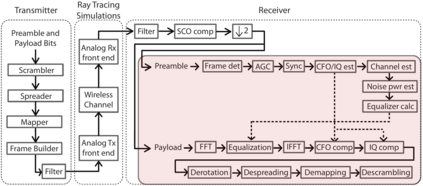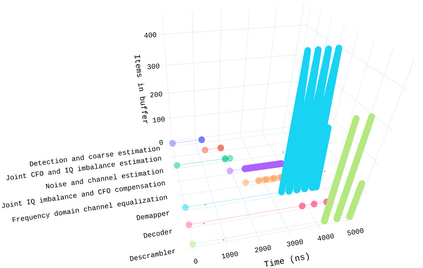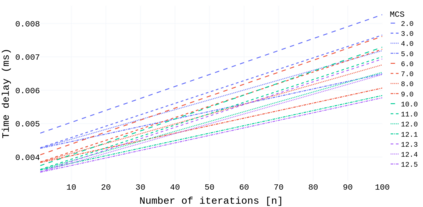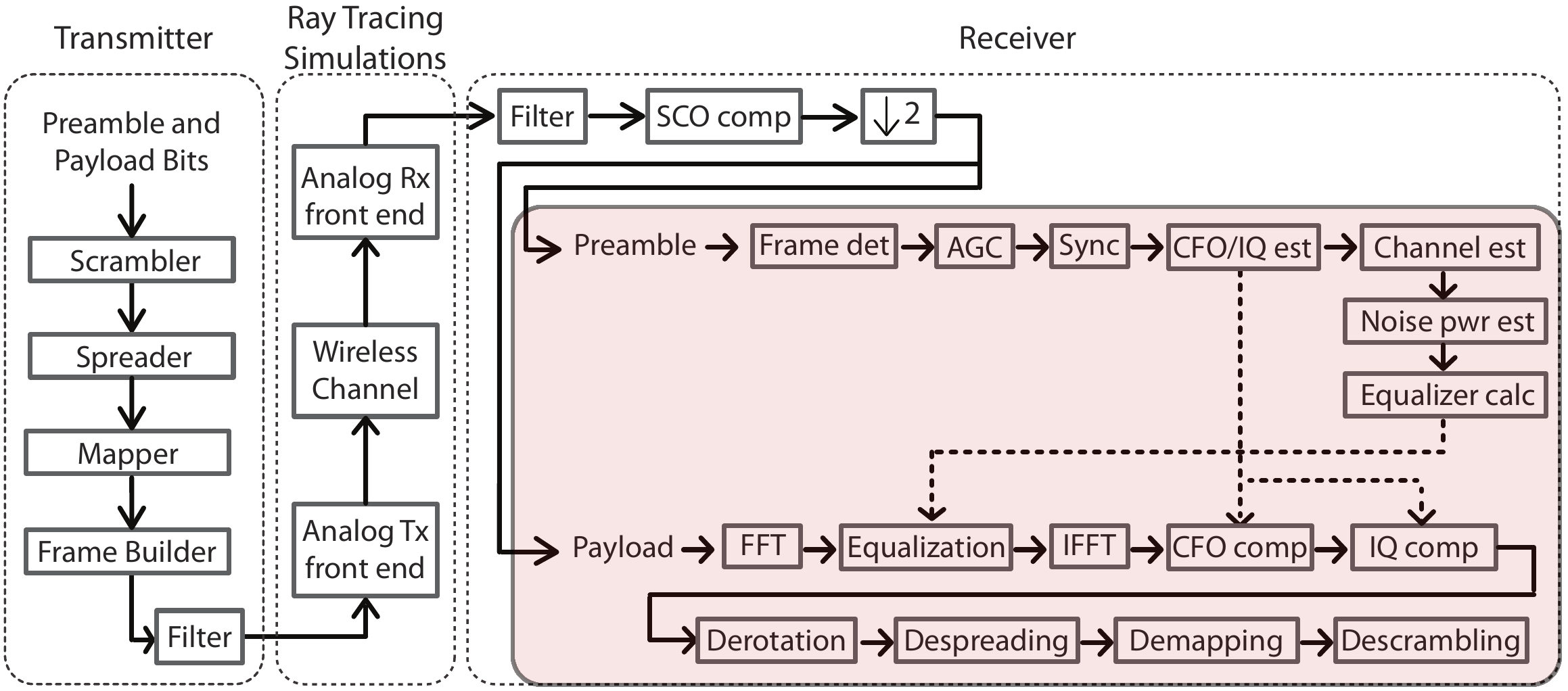The wireless communications landscape is anticipated to offer new service levels following the introduction of the millimeter-wave (mmWave) spectrum to consumer electronics. With their broad bandwidths and corresponding multi-Gbps data rates, these mmWaves are a perfect fit for data hungry applications, such as streaming video to extended reality devices. However, the latter are also bound by maximal latency constraints as low as 1 ms. Understanding where such minuscule time delays lurk requires a close-up study of individual layers in the network stack. Starting from the bottom up, the present work describes an endeavor at uncloaking the origins of physical layer (PHY) latency in mmWave Wi-Fi networks. It proposes a newly designed simulation framework and sheds light on how any conventional laboratory can be turned into a virtual experiment setting, speeding up computation. A case study based on the IEEE 802.11ad standard demonstrates the framework's ability to track packet latency at the PHY-level and identify individual bottlenecks. In particular, it evaluates the impact of the number of LDPC decoding iterations on latency in short transmission sequences.
翻译:预计无线通信场景将在引入毫米波(mmWave)频谱后为消费电子提供新的服务水平。由于宽带宽和相应的多Gbps数据率,这些毫米网景完全适合数据饥饿应用,如流视频到扩展的现实设备等数据饥饿应用,然而,后者也受最大潜深限制的束缚,低至1米。了解这种微小时间延迟在哪些地方需要仔细研究网络堆叠中的单个层层。从下到上,目前的工作描述了在毫瓦Wi-wif网络中解开物理层(PHY)悬浮层(PHY)来源的努力。它建议了新设计的模拟框架,并说明了任何常规实验室如何变成虚拟实验设置,加速计算。根据IEEE 802.11ad标准进行的一项案例研究表明框架能够跟踪PHY-1级的包悬浮度,并查明个人瓶颈。特别是,它评估了LDPC解析层对短传输序列中的悬浮层的影响。









